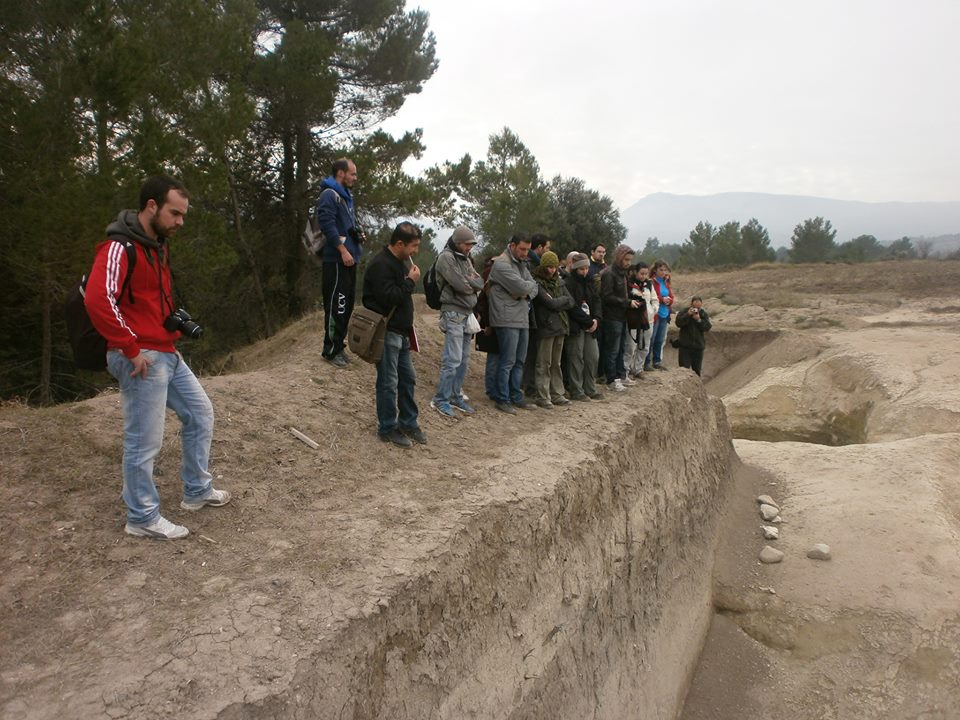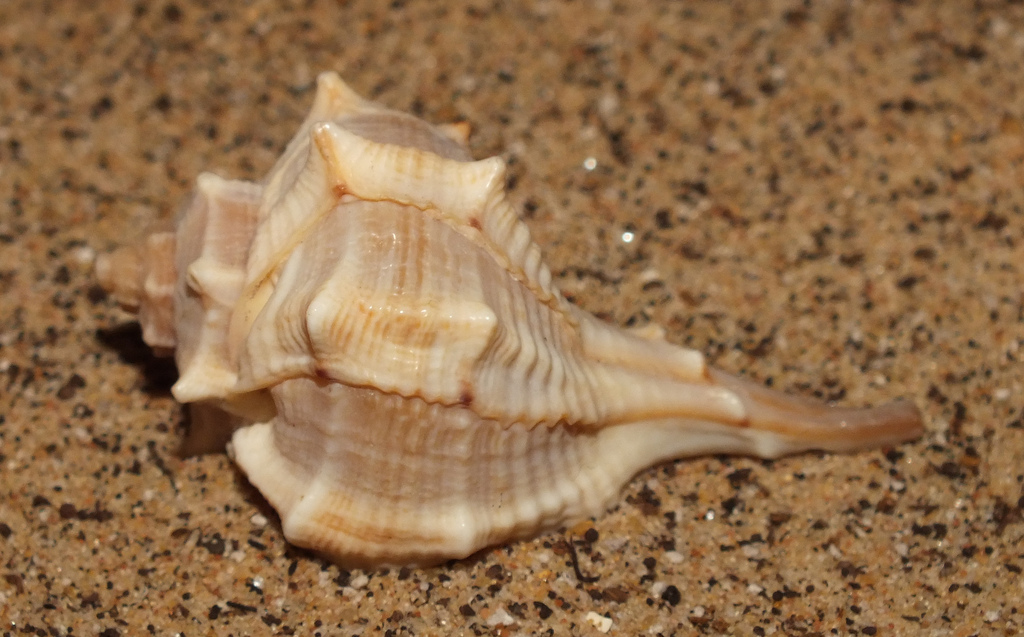.jpg)
Konstandinos Sismanidis is the Greek archaeologist who ensures that there are “strong indications very close to certainty” on the location of the philosopher’s body.
31 may 2016
A group of Greek archaeologists deem the possibility of having found Aristotle’s tomb in one of the excavations prolonged for decades in the ancient city of Estagira, place where the philosopher was born. “We do not have proof, but there are strong indications very close to certainty” stated the director of the excavation, Konstandinos Sismanidis to the local media present there. Sismanidis presented las Thursday 26 May, the results he obtained at the international congrees on Aristotle - 2.400 years, which took place at the Aristotle University of Thessaloniki.
The group of professionals directed by Sismanidis concluded, after several investigations, that the building discovered in 1996, at the end of the XX century, in the already mentioned excavations, must be the Aristotle mausoleum. The analysis of two manuscripts has been carried out. These manuscripts reference the moving of the Philosopher ashes to his home town. The already mentioned building does not coincide with the fortification for which it is surrounded. It is dated in the Byzantine period and this fact surprised the archaeologists that have been working on Stagira since the early 1990s.
Inside the building several discoveries have been found, such as Alexander the Great and his successors coins. This fact points out that the building may have been built during the Hellenistic period. The roof remains found in the mentioned archaeological site prove that it was manufactured with tiles from the royal factory, which evidences that it was a public building. The building is surrounded by a V century B.C gallery and a Zeus temple from the VI century B.C, located right inside that old city, close to its agora and with panoramic views. On the floor of the building an altar, which corresponds to a rectangle of 1,30 x 1,70 metres, is displayed. Each one of these indications and the fact that the building structure matches with a grave is what has driven archaeologists to suggest that it was a mausoleum.
Finally, they figure out that, probably, the mausoleum was intended to Aristotle, owing to the two old documents found: an Arabic translation from XI AD century about the Greek philosopher’s biography and the manuscript Nº. 257 from National Library of St Mark’s. Both pieces establish that when Aristotle died in 322 B.C in Calcís (current Calcidia) the population of Stagira decided to move the ashes to a copper urn, that was kept in a mausoleum next to an altar that was built.










